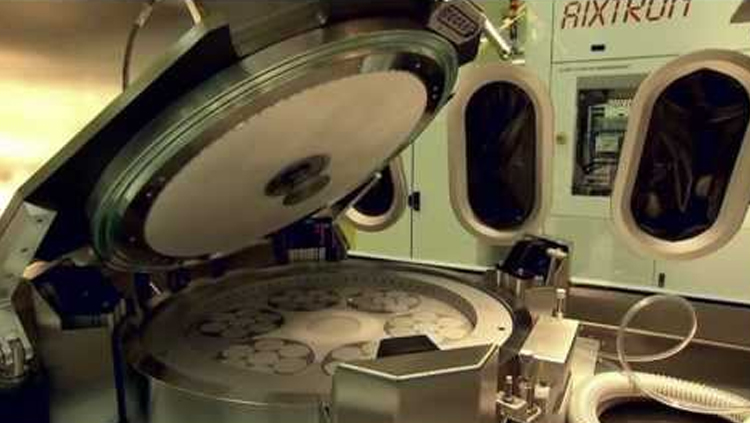Utah team discovers stable p-type 2D semiconductor
![]()
University of Utah engineers have discovered a new 2D semiconducting material that could open the door to faster computers and smartphones that also consume a lot less power.
The tin monoxide (SnO) semiconductor was discovered by a team led by University of Utah materials science and engineering associate professor Ashutosh Tiwari (pictured above).
A paper describing the research was published online this week in the journal, Advanced Electronic Materials.
So far new types of 2D material such as graphene, MoS2 and borophene only allow the movement of n-type, or negative, electrons. In order to create an electronic device, however, you need semiconductor material that allows the movement of both electrons and "˜holes'. The SnO material discovered by Tiwari and his team is thought to be the first stable p-type 2D semiconductor material.
"Now we have everything - we have p-type 2D semiconductors and n-type 2D semiconductors," says Tiwari. "Now things will move forward much more quickly."
Transistors made with the semiconducting material could lead to computers and smartphones that are more than 100 times faster than regular devices, according to the researchers. And processors will not get as hot as normal computer chips. They also will require much less power to run.
Tiwari says this could be especially important for medical devices such as electronic implants that will run longer on a single battery charge.
"The field is very hot right now, and people are very interested in it," Tiwari says. "So in two or three years we should see at least some prototype device."


































